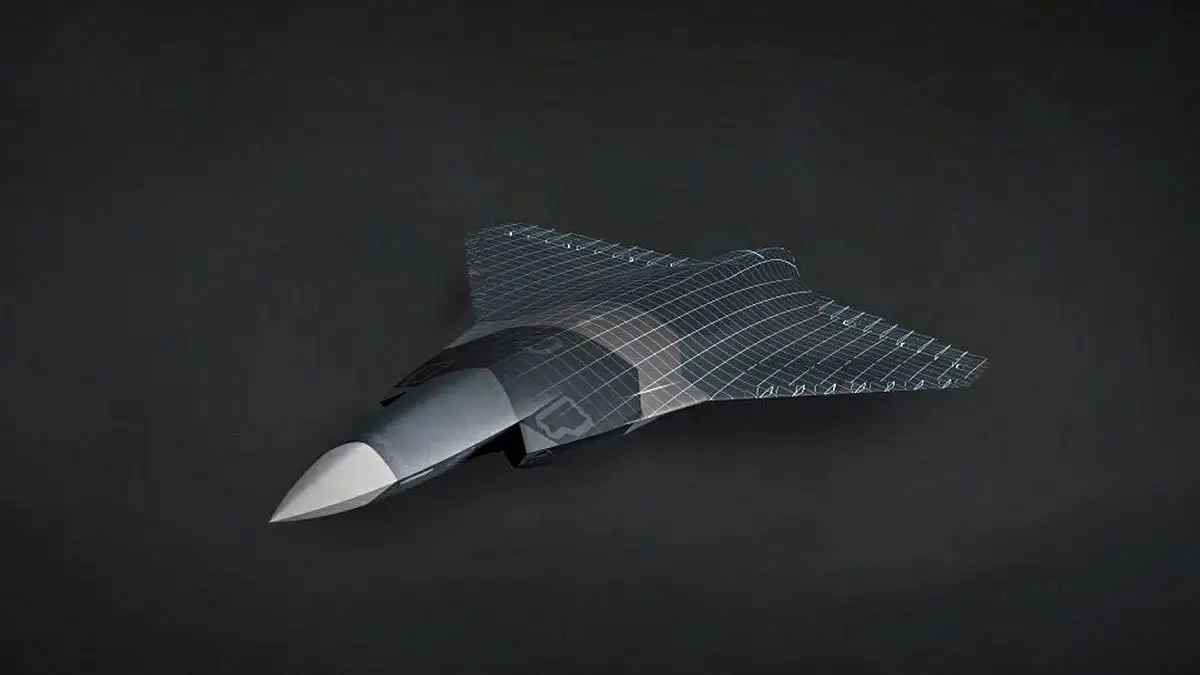


The deal, announced on 14th October by the Defence Materiel Administration (FMV), runs through 2027 and represents more than routine procurement: it is a deliberate bet on Sweden’s ability to remain a serious air power in the decades to come.
The programme, known as KFS — “Koncept för Framtida Stridsflygplan” or Concept for Future Combat Aircraft — has been under discussion for more than a year. A first contract, signed in 2024, established the conceptual foundations: the missions a future fighter should fulfil, the technological possibilities, and the industrial pathways available to Stockholm. The latest award moves beyond discussion into demonstrator studies and technology development. Saab, alongside GKN Aerospace and Sweden’s defence research bodies, will examine both manned and unmanned platforms, acknowledging that the future battlefield is unlikely to rely solely on human pilots.
Perhaps the most striking feature of the KFS approach is its “system-of-systems” philosophy. The fighter is no longer treated as an isolated instrument of war but as the central node in a complex network of drones, sensors, and command systems. This reflects a sophisticated understanding of modern air combat: dominance increasingly comes from the integration of platforms and the speed and fidelity of information rather than raw firepower alone.
Sweden’s approach stands in sharp contrast to the catch-all, often overambitious multinational projects that have plagued European defence circles. By investing in demonstrators now, Sweden is maintaining control over design choices, timelines, and intellectual property — a rare example of prudence in a continent frequently enamoured with multilateral defence experiments that falter or overrun.
There is also a strategic message. Sweden is not rushing into a joint European programme; it is methodically preserving its independence. The Gripen fighter, developed during the Cold War despite Sweden’s neutrality, has long been a symbol of the country’s technological self-reliance. KFS appears set to continue that tradition. The country is buying flexibility and retaining the ability to make decisions on its own terms, even as Europe and the United States push forward with their own Next Generation Air Dominance (NGAD), Future Combat Air System (FCAS), and Global Combat Air Programme (GCAP) initiatives.
Yet the gamble is not without risk. The sums involved are significant for a country of Sweden’s size, and a failure to translate these studies into a viable production programme could leave Stockholm at a disadvantage. Still, the measured, phased approach — moving from concept to demonstrator before committing to full production — suggests careful stewardship of resources.
The technological stakes could hardly be higher. Future air combat will be shaped by stealth, electronic warfare, advanced sensors, and artificial intelligence. By emphasising demonstrator platforms, Saab and its partners can test these capabilities in a controlled environment, avoiding the delays and cost overruns that have beleaguered other programmes. Sweden is not simply thinking about replacing the Gripen; it is thinking about how to dominate a future airspace that is increasingly contested and technologically demanding.
The focus on integration and autonomy also hints at Sweden’s awareness of its geopolitical context. The Baltic Sea is once again a theatre of strategic tension. Russia’s activities in the region have renewed the importance of a credible, high-tech air deterrent. KFS is as much a response to the strategic environment as it is a technological project: it is about ensuring Sweden remains capable, credible, and autonomous in defence matters.
In sum, the contract is both prudent and ambitious. It represents a willingness to invest in the long game, keeping options open for a decade or more while carefully managing cost and risk. Sweden is not making headlines with extravagant announcements, but its strategy may prove more effective than larger, more visible European programmes that have faltered under political and industrial pressure.
In an era when European defence policy often seems reactive and fragmented, Stockholm is quietly demonstrating that foresight, patience, and industrial competence remain valuable currencies. The KFS programme is a reminder that even smaller nations can shape their own destiny in defence — provided they are willing to think strategically and invest methodically.